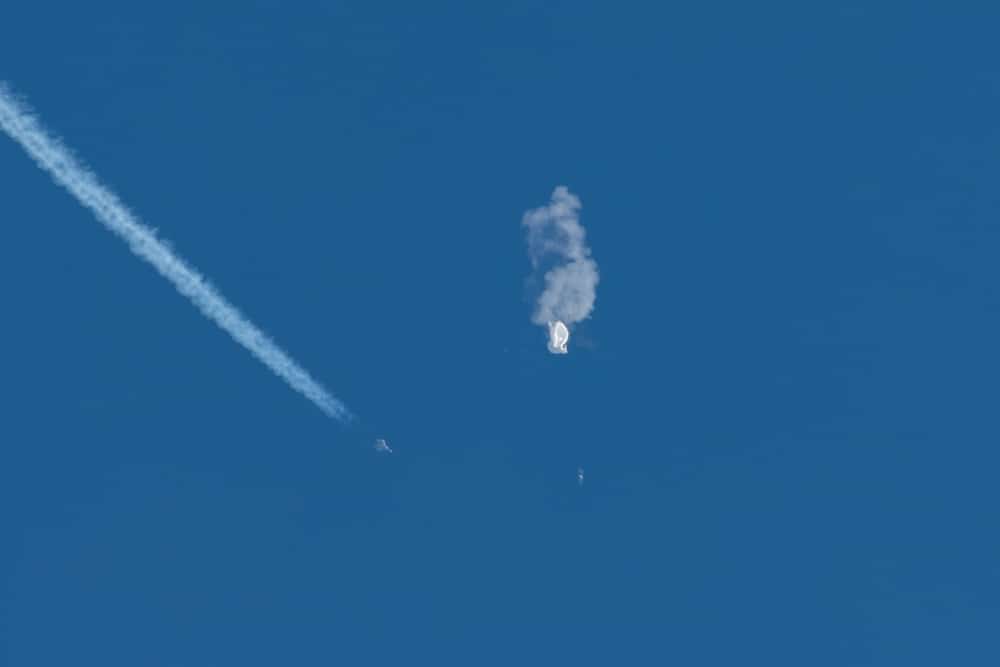A suspected Chinese spy balloon, made its way across the United States before being brought down off the coast of South Carolina. The 200-foot balloon was also carrying a payload that was similar in size to a regional jetliner, weighing in excess of a couple of thousand pounds. General Glen VanHerck, commander of North American Aerospace Defense Command (NORAD) and US Northern Command, said that the height of the balloon and the size of the payload were factors in the decision-making process to wait until the balloon was over the Atlantic Ocean to shoot it down.
VanHerck said that the military took “maximum protective measures” to prevent any intelligence collection while the balloon flew across the United States. According to him, the balloon did not pose a significant collection hazard beyond what already exists in actionable technical means from the Chinese. The debris field off the South Carolina coast was about 1,500 square meters, as of Monday afternoon. Pentagon officials were reluctant to shoot down the balloon over the continental United States for fear of debris causing civilian injuries or death and property damage.
Military divers were in the water with robotic underwater equipment collecting debris on Monday after weather conditions prevented diving on Sunday.
The Chinese foreign ministry acknowledged that the balloon came from China but claimed that it was a civilian airship used for research purposes, mainly meteorological, and that it had deviated from its planned course because of strong winds and a lack of steering ability. Pentagon officials dismissed those claims, and they maintain that the balloon was clearly meant for surveillance. Brigadier General Pat Ryder, the Pentagon press secretary, told reporters that the balloon had the ability to maneuver. Officials believe they learned more by monitoring the balloon itself, assessing what the Chinese were doing, what kind of capabilities existed on the balloon, and what kind of transmission capabilities it had.






